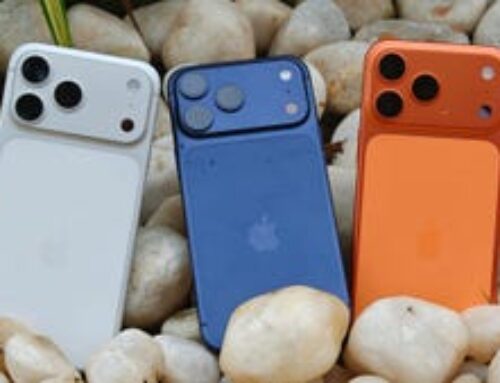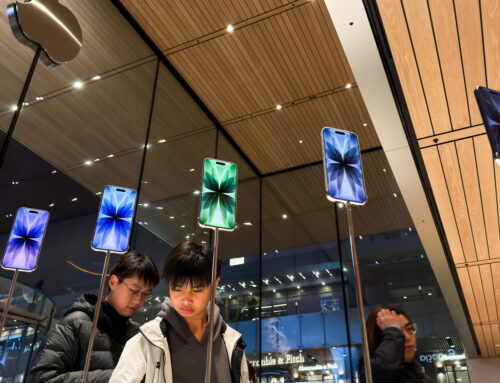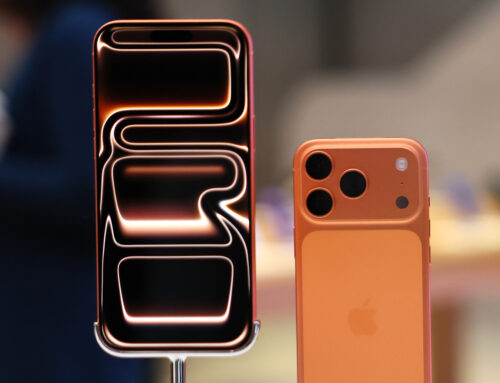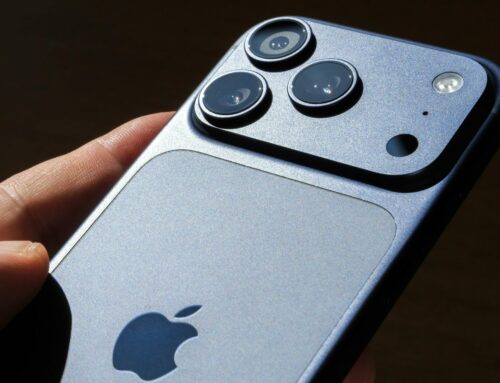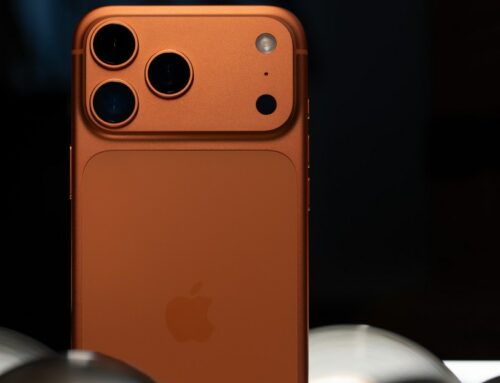When Google decided to acquire Android and enter the mobile industry, it didn’t do it to become a renowned smartphone maker. More than a decade later, Google’s Pixel strategy felt like an afterthought. At least until the Pixel 6 series arrived. Google just wanted a platform where people would continue to use its Google Search-based products once they leave computers behind in favor of smartphones. Google might be doing the same thing right now, as it already knows what product will replace the iPhone and Pixel: AR glasses.
As I explained before, the only thing that can and will “kill” the iPhone is the augmented reality (AR) glasses of the future. Apple is making its own product, and Google might develop AR glasses of its own.
But Google is more interested in ensuring people continue using Google Search products once smart glasses begin proliferating. And the company is already taking steps to ensure its core software products are ready for the AR future.
Google on Thursday announced new updates to three main products: Google Search, Shopping, and Maps. Interestingly, all these products got new features that include AR experiences.
Google Maps has an amazing Live View feature that lets you raise the smartphone to search for nearby attractions using the camera and AI algorithms. This experience will surely see additional improvements in the near future, and it’ll be ready to run on AR glasses regardless of the underlying platform.
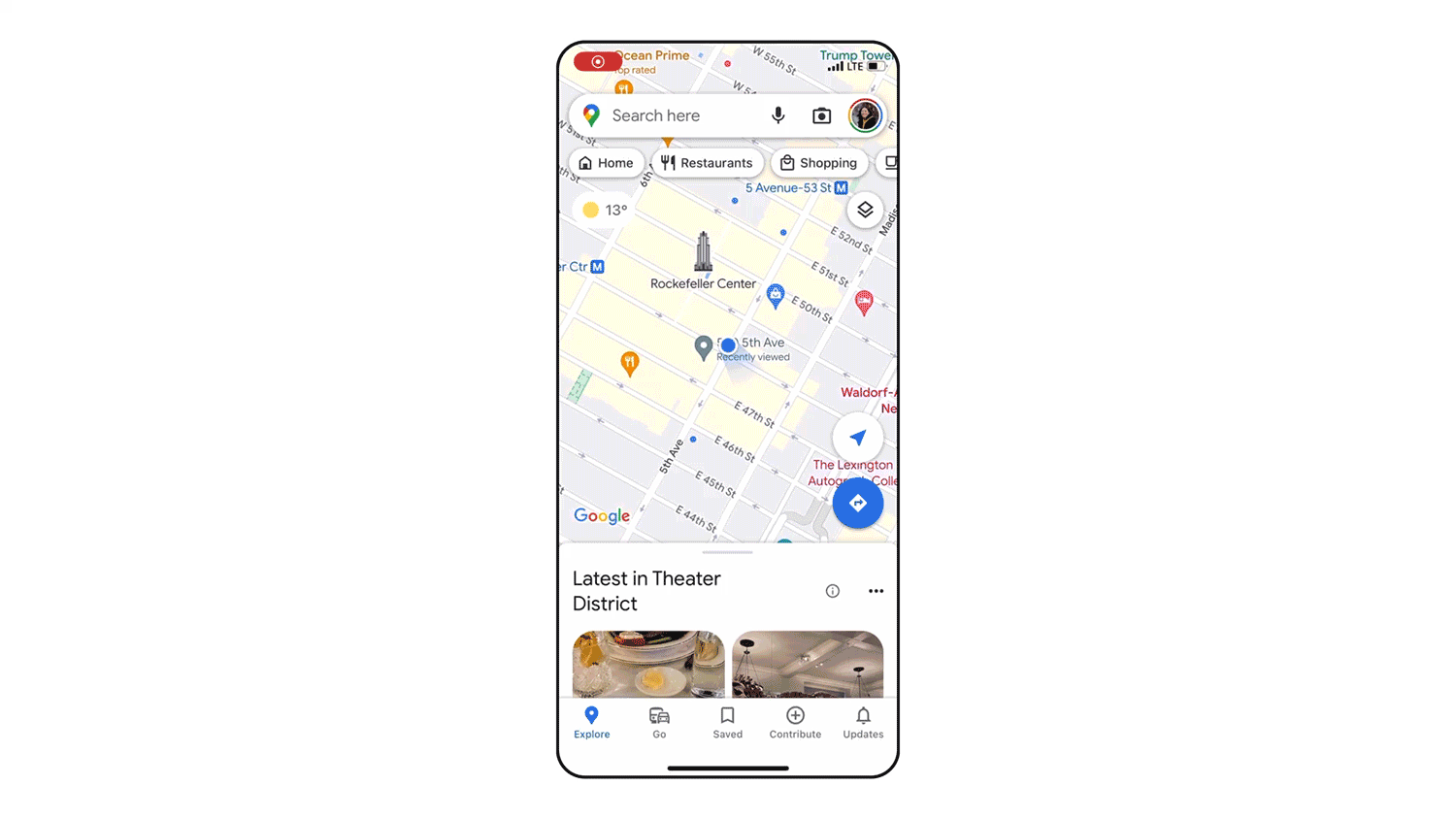
Google Search supports a “multisearch near me” feature that lets users perform a search by taking a photo of a food product and typing “near me” next to it. That’s another feature that will surely have an equivalent on AR glasses. But instead of typing, you might use your voice while looking at food or other products. The glasses will do the rest with the help of Google’s algorithms.
Of note, Google Lens AR Translate capabilities will see a significant upgrade later this year. You’ll be able to translate text on complex backgrounds. This is another feature that will work great with AR glasses. That’s because Google will not cover the original text with a digital translation. It’ll recreate the background and overlay the translated text on top of it.
In other words, you’ll be able to travel anywhere, and all the signs and text around you will appear in your own native language.
If that’s not enough, Google Shopping has new features that cater to AR experiences. AR Beauty is a photo library that packs 150 models who cover a diverse spectrum of skin tones, ages, genders, face shapes, ethnicities, and skin types. The feature will let you test foundation shades to determine the best fit.
Similarly, the new AR Shoes feature will let you “try on” shoes from various brands before you shop. You’ll be able to spin and zoom before making any purchase.
Many of these features are available now, or they’ll roll out soon. They’ll be available on Android and iPhone since we’re looking at core Google app updates.
This proves that Google is already laying the foundation for the inevitable AR glasses future. With these software products already in place, Google won’t even need to make its own AR wearables. Users will already know that Google products support AR features long before deciding which AR platform to adopt.


